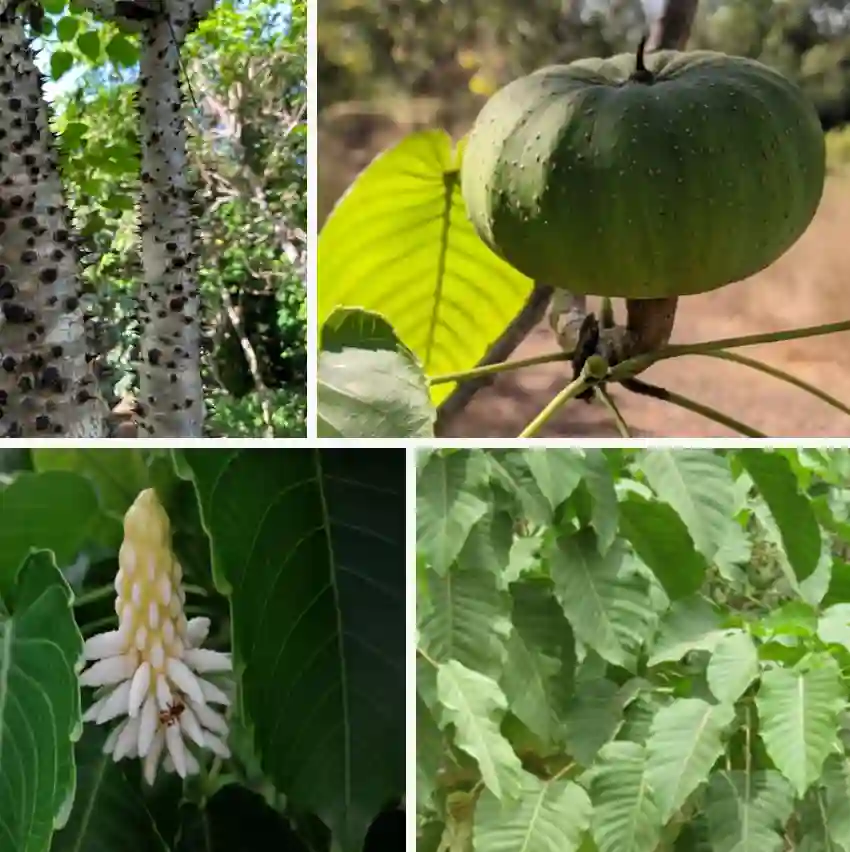
The Alluring Dendrobium Anosmum: A Fragrant Cascade of Purple
The orchid world holds a treasure trove of captivating blooms, and the Dendrobium anosmum stands out as a true gem. Despite its misleading common name, “unscented dendrobium,” this Southeast Asian native boasts a captivating fragrance that complements its stunning display of large, purple flowers. For years, I’ve been enthralled by this orchid’s beauty, and after successfully cultivating it in my own home, I’m eager to share my experience and unveil the secrets to caring for this remarkable plant.
1621 Species in Genus Dendrobium
What is Dendrobium Anosmum?
The Dendrobium anosmum, also known as the “Purple Rain” or “Phi Điệp” in Vietnamese, is an epiphytic orchid, meaning it thrives by clinging to trees or other structures in its natural habitat. Its long, cascading canes, adorned with pairs of glossy leaves, erupt in a breathtaking display of fragrant, purple blooms during the spring months. These flowers, often lasting for several weeks, can number up to 70 on a single mature plant, creating a truly mesmerizing spectacle. While the “unscented” moniker might cause confusion, the Dendrobium anosmum actually possesses a sweet, yet potent fragrance that some find overpowering. This delightful paradox adds another layer of intrigue to this captivating orchid.
How to Care for Dendrobium Anosmum?
Providing the right environment is key to nurturing a thriving Dendrobium anosmum. Here’s a breakdown of its essential care requirements:
- Light: This orchid prefers bright, indirect light. South-facing windows with sheer curtains are ideal. Avoid harsh, direct sunlight, which can scorch the leaves.
- Temperature: Dendrobium anosmum flourishes in warm to intermediate temperatures, ranging from 65°F to 85°F (18°C to 29°C) during the day and slightly cooler at night. Aim for a consistent temperature range to prevent stress on the plant.
- Watering: Maintain consistent moisture throughout the growing season, allowing the potting medium to dry slightly between waterings. Avoid soggy conditions, which can lead to root rot. During the winter months, you can reduce watering frequency.
- Humidity: Moderate to high humidity levels (around 60-80%) are ideal for Dendrobium anosmum. Employ a humidifier or place the pot on a humidity tray filled with pebbles and water to create a favorable environment.
- Fertilization: Use a balanced orchid fertilizer during the active growing season, following the recommended dilution and frequency on the product label. Avoid over-fertilizing, which can damage the roots.
How to Mount Dendrobium Anosmum?
Mounting your Dendrobium anosmum on a suitable material replicates its natural growing conditions and allows for excellent air circulation. Here’s a step-by-step guide:
- Choose your mount: Cork slabs, driftwood, or coconut husk pieces are excellent choices. Ensure the mount is clean and free of debris.
- Secure the plant: Carefully position the orchid’s base on the mount, ensuring good root contact. Use soft wire or orchid clips to gently secure the plant in place without damaging the roots.
- Potting medium: Fill the spaces around the roots with a well-draining orchid potting mix. Sphagnum moss is a popular choice.
- Watering after mounting: Water the newly mounted orchid thoroughly to settle the potting medium and ensure proper hydration.
How to Propagate Dendrobium Anosmum?
There are two primary methods for propagating Dendrobium anosmum: Keiki (plantlets) and division.
- Keiki propagation: Keikis are small plantlets that sometimes emerge from the nodes along the orchid’s canes. Once a keiki develops good roots (around 2-3 inches long), you can carefully separate it from the parent plant and pot it in its own orchid mix.
- Division: Mature Dendrobium anosmum plants can be divided when they become overcrowded. Cut the rhizome (horizontal stem) into sections, each with at least two to three pseudobulbs (bulb-like structures). Pot each division in a suitable container with fresh orchid mix.
Conclusion: A Rewarding Journey
The Dendrobium anosmum is a captivating orchid that offers a rewarding experience for orchid enthusiasts. By providing the right care, mounting it appropriately, and utilizing effective propagation techniques, you can cultivate a thriving specimen that will grace your home with its fragrant cascade of purple blooms for years to come. So, embark on this rewarding journey and witness the magic of the Dendrobium anosmum unfold in your own space.
If i die, water my plants!



